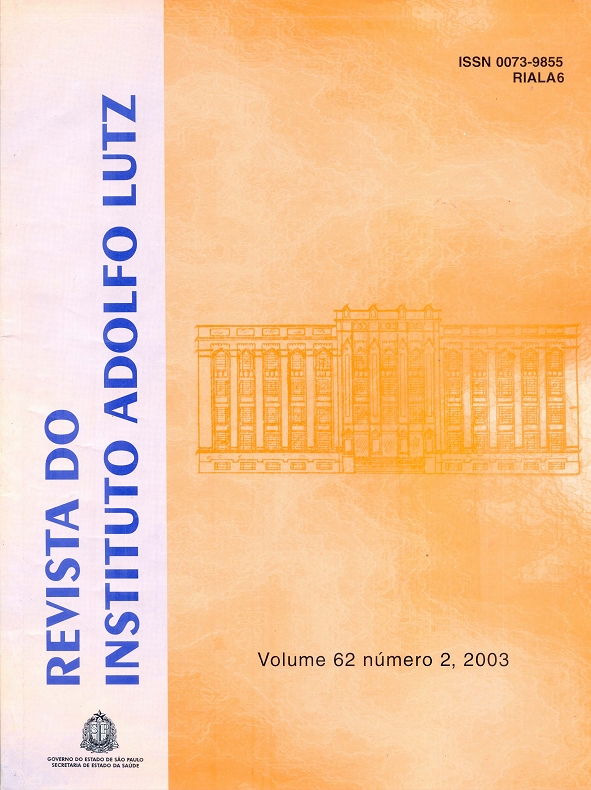Abstract
In view of the increase in yeast infections, especially polymicrobial ones, differential culture media have acquired increasing importance. The study evaluated the Sabouraud chloramphenicol, Biggy agar, Pagano Levin agar and CHROMagar Candida media in terms of inhibition, isolation, quantification and morphological characteristics of the yeasts colonies; it also compared the classical identification with the API20C AUX system and it observed of yeast microbiota in the different biological samples. To this end, we used 223 biological samples, including feces, and vaginal, oral and anal mucosae contents from 86 patients presenting or not symptoms. Sabouraud chloramphenicol agar was the least effective in the bacterial inhibition and favored a greater development of the filamentous fungi. The four media did not differ significantly in
the numbers of yeasts. Eighteen species belonging to the genera Candida, Saccharomyces, Cryptococcus, Trichosporon, Rhodotorula and Hansenula were detected. The API20C AUX system correctly identified 92% of the species, although with the need for additional tests in 16% of cases. CHROMagar Candida e Biggy agar were complementary in the isolation of the different species and favored a greater recovery of
polymicrobial cultures. Pagano Levin agar isolated the smallest variety of species. CHROMagar Candida enabled the presuntive identification of C. albicans, predominant species in the different samples. The results suggest that more than one culture medium should be used for in adequate first isolation.

This work is licensed under a Creative Commons Attribution 4.0 International License.
Copyright (c) 2003 Revista do Instituto Adolfo Lutz
